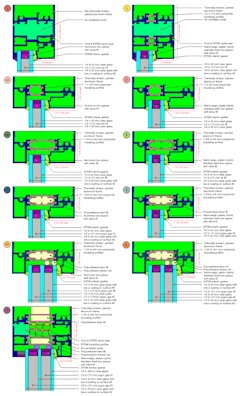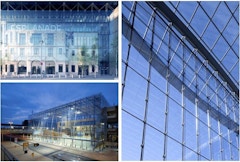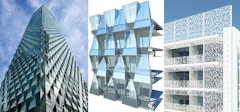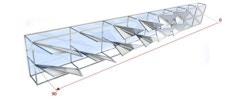
U-Factor Matters in Hot Climates
It is commonly thought that fenestration U-factor is not a key determinant in the performance of facades in hot climates, and generally the focus of

It is commonly thought that fenestration U-factor is not a key determinant in the performance of facades in hot climates, and generally the focus of
Glazed wall systems, such as curtain walls and window walls, are one of the most commonly used façade systems in modern buildings in North America.

This paper discusses a simulation study of different window systems, where heat transfer simulations were performed to investigate thermal




Today, about 40% of all buildings in the U.S. still have single-pane windows, and ~70% of the existing building stock is estimated to suffer from

Facade engineering aims at appropriately balancing the demands imposed by the context and the capabilities inherent to the materials, the geometries

There have been 26 Conferences on Climate Change sponsored by the United Nations. The most recent conference, COP 26, was held in 2021 in Glasgow, Scotland. With 200 countries in attendance, all eyes were set on achieving the goal of limiting the rise in global temperature to 1.5 degrees Celsius.
The development of methods to predict and control moisture accumulation in building envelopes has always been a key element in building science.

Facade design is a key component of architectural expression, and increasingly a key design consideration due to growing importance of factors like:
This paper presents a comprehensive interoperability workflow achieved between Rhino and Revit through Rhino-Inside. The study focuses on two case

This research unlocks the relationship between space, structure and light in nine unique museums developed by architect Renzo Piano. Renzo Piano uses

Parametric Design has become an invaluable tool for complex tasks like designing energy efficient buildings when joined to performance-based


Many factors will influence coating selection, but to achieve the desired performance level for a given situation, coatings must be specified based

Highly transformable materials can be used as adaptive exterior shading systems by leveraging the relationship between external stimuli (heat) and

This study focuses on experiments in kinetics and architectural skins. More extensively, it introduces a solution for environmental design issues and